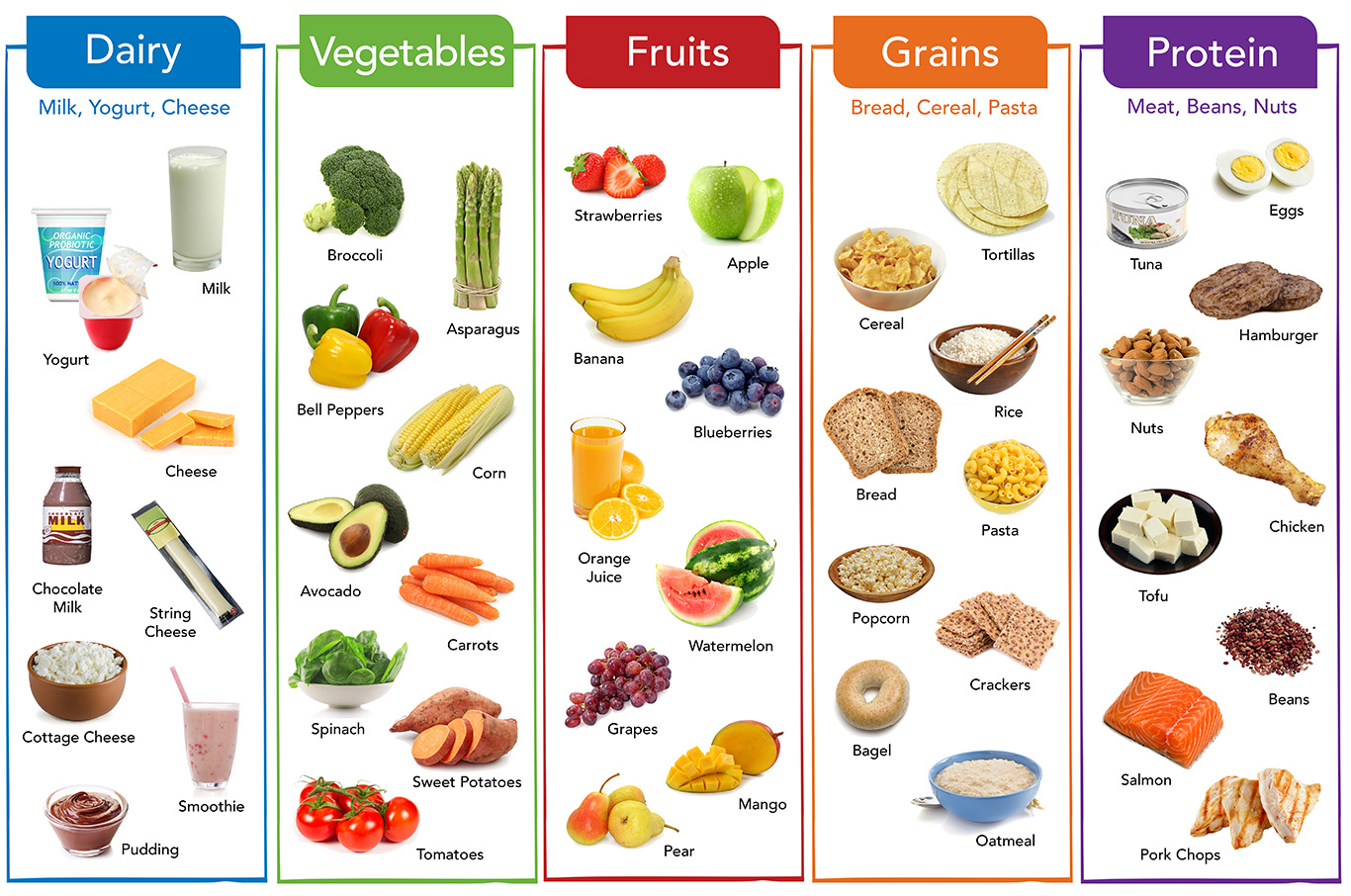How to Create a Balanced Meal Plan for Busy People

In our fast-paced lives, many people struggle to eat healthily due to time constraints. Creating a balanced meal plan can be a game-changer, enabling you to nourish your body while accommodating your busy schedule. This article will guide you through effective strategies to develop a meal plan that suits your lifestyle, ensures nutritional balance, and saves you time.

Understanding a Balanced Meal Plan
A balanced meal plan includes a variety of foods to provide essential nutrients. It typically consists of:
- Proteins: Helps in muscle building and repair.
- Carbohydrates: Provides energy for daily activities.
- Fats: Supports cell growth and protects organs.
- Vitamins and Minerals: Essential for bodily functions.
- Fiber: Aids digestion and promotes fullness.
When you focus on these components, you’re not only ensuring your body gets the nutrients it needs but also maintaining energy levels throughout your hectic day.

Step 1: Assess Your Nutritional Needs
Before creating a balanced meal plan, it’s crucial to assess your individual nutritional needs. Factors to consider include:
- Age
- Gender
- Activity level
- Health goals (weight loss, muscle gain, etc.)
Consulting a registered dietitian can provide personalized insights tailored to your specific requirements. They can help you determine your daily caloric intake and the right macronutrient ratios (proteins, fats, and carbohydrates) to achieve your goals.

Step 2: Set Realistic Goals
When devising your meal plan, set achievable goals. Here are some examples:
- Aim to prepare three balanced meals per day.
- Include two healthy snacks to keep your energy up.
- Plan for one cheat meal per week to satisfy cravings without guilt.
Setting realistic expectations helps you stay motivated and less overwhelmed. Remember, the goal is progress, not perfection.
Step 3: Create Your Meal Framework
Establish a meal framework to simplify planning. Here’s a basic outline to follow:
Breakfast
- Include: Whole grains (oatmeal, whole grain toast), proteins (eggs, Greek yogurt), and fruits (berries, bananas).
- Quick Idea: Overnight oats can be prepared the night before, making mornings hassle-free.
Lunch
- Include: Lean proteins (chicken, tofu), a variety of vegetables (spinach, bell peppers), and complex carbohydrates (quinoa, brown rice).
- Quick Idea: Make a large salad at the beginning of the week, adding protein and healthy fats daily.
Dinner
- Include: Similar to lunch, but vary your protein and carbohydrate sources to maintain diversity.
- Quick Idea: Sheet pan dinners allow you to roast vegetables and protein together for an easy one-pan meal.
Snacks
- Include: Nuts, seeds, fruits, or hummus with veggies to keep you satisfied between meals.
- Quick Idea: Prepare snack bags at the beginning of the week for grab-and-go convenience.

Step 4: Plan Your Meals for the Week
Once you have your framework, it’s time to plan your meals for the week. Here’s how:
- Choose Recipes: Select a few recipes that incorporate the foods you love and fit your nutritional goals. Aim for simplicity to save time.
- Create a Grocery List: Based on your chosen recipes, compile a list of ingredients. This helps you shop efficiently and minimizes food waste.
- Batch Cooking: Prepare large portions of meals during the weekend. Store them in containers to grab during the week. This not only saves time but ensures you always have a healthy option on hand.
- Incorporate Variety: To prevent monotony, try to rotate recipes each week. This keeps meals exciting and can also encourage you to try new ingredients.

Step 5: Make Adjustments as Needed
Your initial meal plan is a starting point. As you try it out, be flexible and adjust according to what works best for you:
- Swap Ingredients: If you find certain foods don’t work for your lifestyle or preferences, feel free to substitute them with similar options. For example, swap quinoa for brown rice or chickpeas for lentils.
- Monitor Portion Sizes: Pay attention to how full you feel after meals and adjust portion sizes accordingly. It’s okay to eat more or less depending on your activity level that day.
- Stay Open to New Recipes: Incorporating new recipes keeps your meal plan exciting and prevents boredom. Set aside time each week to explore different cuisines or cooking techniques.
Step 6: Utilize Technology
In this digital age, numerous apps and websites can help you with meal planning. Consider using meal prep apps that allow you to store recipes, create shopping lists, and even generate meal plans based on your dietary preferences. This technology can streamline the planning process and make it more enjoyable.
Conclusion
Creating a balanced meal plan for busy people doesn’t have to be overwhelming. By following these structured steps, you can ensure that you’re nourishing your body while managing your time effectively. Remember, the key is consistency and flexibility. With a bit of planning, you can enjoy healthy meals without the stress!
By committing to this approach, you can transform your eating habits, improve your overall well-being, and reclaim the joy of cooking. Start today and witness the positive changes in your energy and health!
